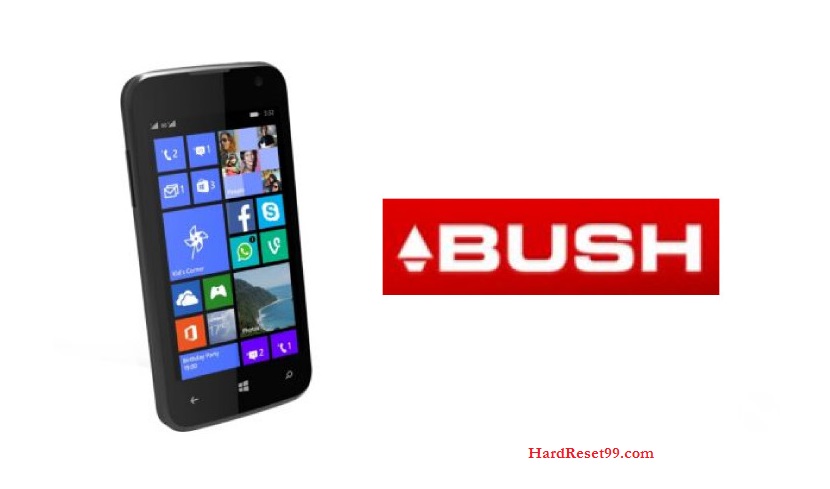Bush Tv Monitor Drivers
воскресенье 13 января admin 80
Oct 09, 2012 The problem is, it's using a generic monitor for it and the driver isn't showing that it's capable of 120hz. Also, since this is a TV, I am without the adjustments to fit everything onto the screen (even at 1920x1080p).
Panasonic/Microsoft Whether it's ogling at your digital photos in incredible detail, taking in entire spreadsheets at a glance, or partaking in some high-resolution fragging, using an Ultra HD 4K TV as a computer monitor has its benefits. There are a few things to keep in mind, however, including your PC's capabilities, scaling and magnification -- text in native 4K is really small -- and making sure your TV is in the right settings. And if you're considering using your 4K TV for for gaming,. Let's get started. On the PC First of all, is your video card even capable of the 3,840x2,160 resolution used by 4K TVs? If it's only a few years old, then it probably can.
More than a few years old, and it's definitely worth checking first. The manufacturer's website should give you an idea. Also check out. Fatx format tool.
• • • • • With very few exceptions, TVs use HDMI, though a handful have DisplayPort. If you've just got HDMI, you'll need on both ends (TV and video card) to do 2160/60p.
Previous versions of HDMI connections, like 1.4, are limited to 2160/30p. DisplayPort is capable of both. If you've never used a high-resolution monitor before, the first thing you'll notice is that everything is really, really small. Text will be hard to read, icons will be minuscule, so unless you're sitting really close, you'll probably want to make some adjustments. In Windows Vista and 7,.
In Windows 8 you can do that,. This is just for Windows itself though. Programs may need their own adjusting.
Word processing (Google Docs or Word) both allow you to change the size of the text (separate from the font size) for menus and other items. With Google Docs it's in the main bar along the top; in the latest versions of Word (and Excel), there's a slider down on the bottom right.
Other programs, such as Photoshop, have 'big' versions that you can enable in the settings, so you can see the icons and sliders. Web browsers let you expand the size of Web pages, too, for the ones that don't do that automatically. If you have a scroll wheel on your mouse, pressing 'Control' while you scroll up or down will make the size larger or smaller. Otherwise, it's in the browser's settings. Keep in mind, though, not all software has this ability. So if you're sitting too far from the screen, sometimes it's just going to be really hard to read/see what you're clicking on. If you're using a Mac,.
On the TV There are a few settings on the TV side as well. The first is overscan. Most TVs have overscan turned on by default, meaning the TV zooms in slightly on the image. While this isn't great for regular content, it can be really annoying when displaying a PC's desktop. You could lose part or even all of the menu bar along the bottom, for example. To disable overscan, look for a 'wide' or 'aspect ratio' setting that allows you to see the full screen. The easiest way to tell is to check the PC desktop itself.
All of the bars along the edges should be visible. I'll be covering this issue in depth soon in a separate article. If you haven't already lowered it, your TV's 'sharpness' setting might be adding. Edge enhancement reduces actual detail by accentuating certain edges and making them more pronounced. On regular content, this might seem like added detail (it isn't). With computer content, it can make fine text hard to read.
Consider turning it down to zero; on some TVs this might actually soften the image, so you may have to increase it a pip or two. Many TVs have additional 'detail enhancers' in their settings. Check those too -- they might do more harm than good. The next is, or how long it takes the TV to create an image. The higher the input lag, the longer it takes for something you do (such as a mouse click) to appear on screen. With most computer tasks, this isn't noticeable or worthy of concern.
